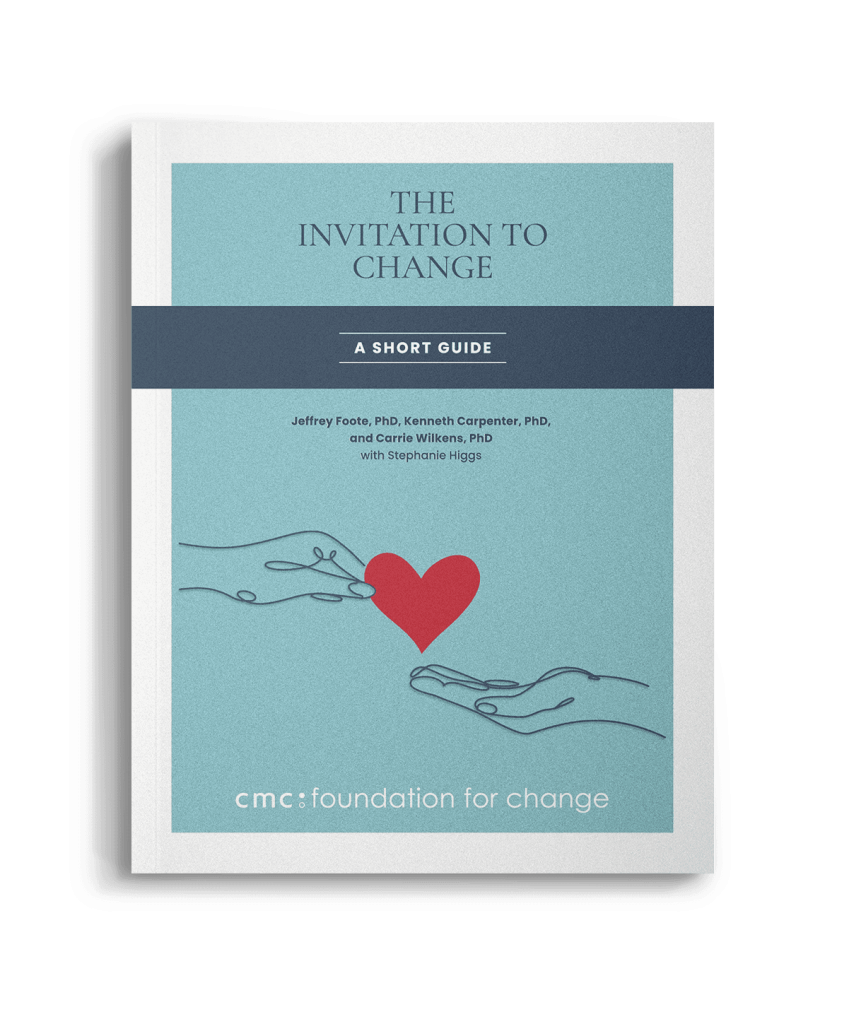Being in a committed or long-term relationship can be hard during the best of times. If one member of the partnership has a substance use problem, it can be extremely difficult and may even feel impossible. If you are reading this, you are likely a very concerned partner* who is looking for guidance about how to help your loved one who is using substances (or engaging in other risky behaviors). You may have mild concerns about his/her focus at work, choice of friends, withdrawn or negative communication with you, or you may be facing terrifying problems that have the potential to negatively affect your entire family. Whatever your particular mix of worries about your relationship, the problems that come along with your partner’s use of substances can be nerve-racking—sometimes explosive.
A COMPLEX PROBLEM FOR YOUR PARTNER
The social, psychological, and biological factors that play into the decision to use substances are complex. Many people who develop problems with substances also struggle with psychiatric problems like depression, bipolar disorder, anxiety problems, and ADHD. They may also be contending with problems involving employment (or lack thereof), relationship stress, difficulty with establishing or maintaining healthy habits for an ageing body and a demanding life, and in some cases, the responsibility of parenting.
A COMPLEX PROBLEM FOR YOU
It’s complicated for you as well! If your partner is struggling with a substance use problem, you face the reactions of friends, immediate family members (children of all ages), and extended family members: often including judgment, misunderstanding, punishment, fear, and “help” that can feel overbearing and shake your confidence. And when you are co-parenting with this partner, communication and effectively working together can be seriously tested under this stress.
But you can help. And we hope you keep reading.
MOTIVATION, CRAFT AND STRATEGIES FOR HELPING
There are variety of ways to help a loved one with a substance use problem. It is however, likely that you have not heard about them in spite of the evidence that they are enormously effective (as tested in rigorous research studies). Unfortunately, they have not been used widely in most treatment programs and have been completely neglected by the popular culture/media and they are why we wrote this guide! Because we want you to know about ALL of your options when it comes to helping your partner.
Researchers and clinicians over the past 40 years have developed and tested these tools and made them available (we describe many of them in our book Beyond Addiction). One of the most powerful is something called Motivational Interviewing developed by Dr. Bill Miller. It turns out that when it comes to making changes in behavior, motivation matters a lot! And contrary to what you may have been told or assumed, you, as a partner, can actually play a big role in helping your loved one shift their motivation towards positive change. There are of course things you can do or say that push things in exactly the opposite direction from what you want (i.e., confrontation, the silent treatment, forcing change). This 20 Minute Guide will expose you to a variety of skills you can use to turn motivation on and sustain it.
The second set of tools is called CRAFT (Community Reinforcement and Family Training) developed by Dr. Robert Meyers at the University of New Mexico. The CRAFT approach helps you think about the problem you face through a new behavioral perspective. It includes specific skills that will help you reinforce positive changes, communicate more effectively, and let consequences play a role, all while taking better care of yourself! It is the leading research-supported way for families to help their substance using loved ones. Compared to families trained to do interventions or who attend Al-Anon, family members who are trained in CRAFT are more likely to see their loved one’s willingness to get help increase and substance use decrease or stop all together. In CRAFT, the concerned family member (that’s you!) also feels better.
HOW TO USE THIS GUIDE
Unlike other approaches, CRAFT teaches you how to stay involved in a positive, ongoing way, while also taking care of yourself. This guide will help you with such tools as:
- How to react when your partner has been using substances and when he has NOT been using substances
- Getting more of what you want to see from your partner and less of what you don’t
- How to talk to your partner so that you are more likely to be heard
- How to take care of yourself along the way
For each topic, we explain why it’s important and how to use it to encourage change. We provide worksheets with examples to show you how CRAFT strategies look in action. We encourage you to use these worksheets to practice the skills as many times as you want or need. Feel free to skip around—it’s not necessary to go through the topics in order, but it is important to practice each one.
We hope this is the beginning of positive change for you and your relationship. We appreciate the effort it takes to be a force for good. Thank you, truly. Take care of yourself, communicate, learn the CRAFT behavioral strategies, practice—and trust that things will change. Forty years of research and all our clinical experience says they will.
Next Page: Helping with Understanding


